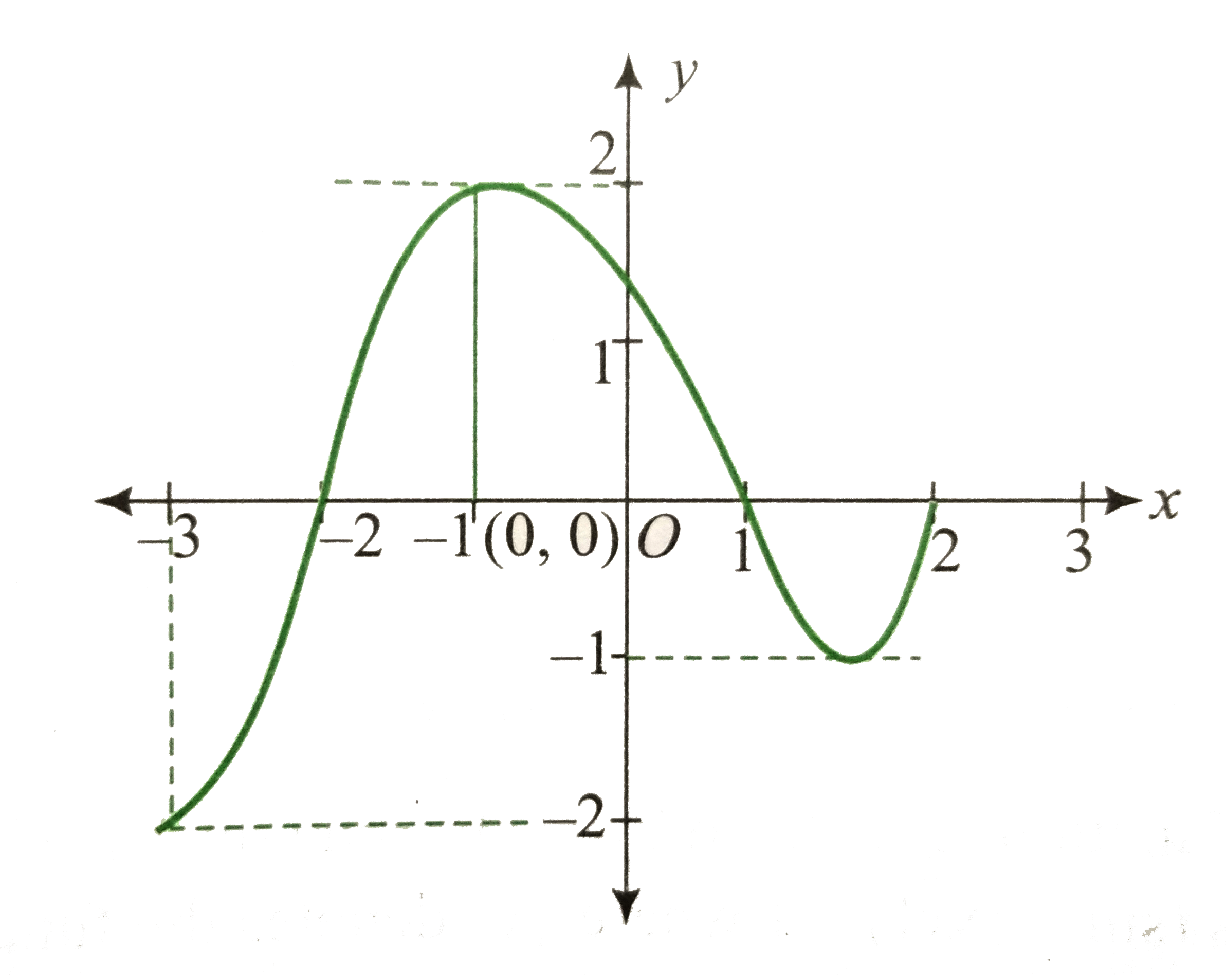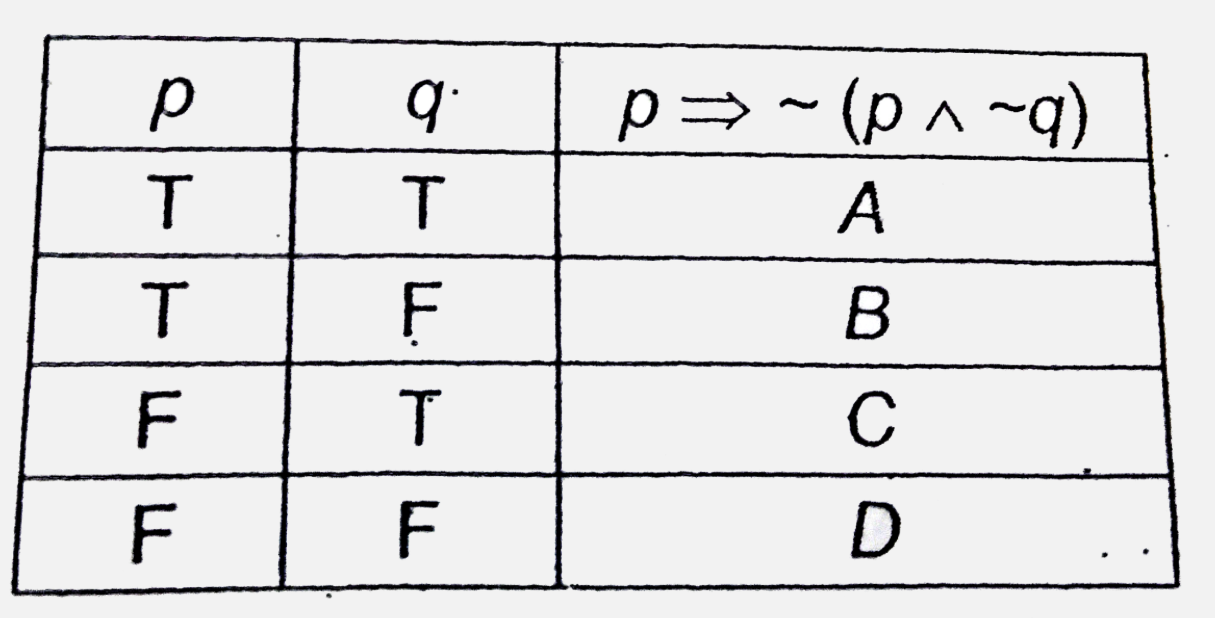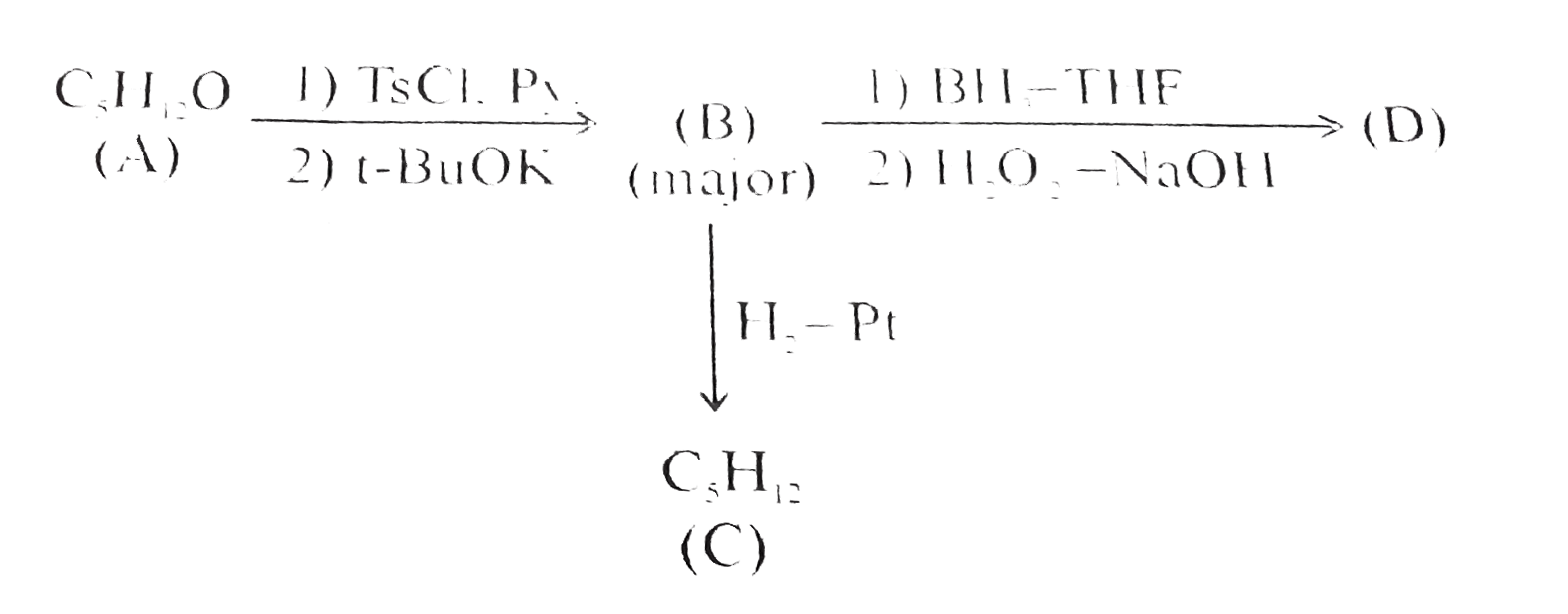Identify the correct statements:
Fluroine is a super halogen
iodine shows lewis basic nature
AgF is insoluble in water
SCN− is a pseudohalide
The correct Answer is:A, D
To solve the question of identifying the correct statements, we will analyze each statement one by one based on our knowledge of chemistry, particularly the properties of halogens and related compounds.
1. Statement 1: Fluorine is a super halogen.
- Analysis: Fluorine is indeed the most reactive halogen and is known for its ability to form strong bonds with other elements. Its high electronegativity and reactivity qualify it as a "super halogen."
- Conclusion: This statement is True.
2. Statement 2: Iodine shows Lewis basic nature.
- Analysis: Lewis bases are defined as species that can donate a pair of electrons. Iodine has lone pairs of electrons that can be donated, thus it can act as a Lewis base.
- Conclusion: This statement is True.
3. Statement 3: AgF is insoluble in water.
- Analysis: Silver fluoride (AgF) is known to be highly soluble in water. The presence of fluorine, which is highly electronegative, contributes to the polarity of AgF, allowing it to dissolve in the polar solvent water.
- Conclusion: This statement is False.
4. Statement 4: SCN⁻ is a pseudo halide.
- Analysis: Pseudo halides are polyatomic ions that resemble halogens in their behavior. The thiocyanate ion (SCN⁻) behaves similarly to halides and is classified as a pseudo halide.
- Conclusion: This statement is True.
Final Conclusion:
The correct statements are 1, 2, and 4.
- Analysis: Fluorine is indeed the most reactive halogen and is known for its ability to form strong bonds with other elements. Its high electronegativity and reactivity qualify it as a "super halogen."
- Conclusion: This statement is True.
- Analysis: Lewis bases are defined as species that can donate a pair of electrons. Iodine has lone pairs of electrons that can be donated, thus it can act as a Lewis base.
- Conclusion: This statement is True.
- Analysis: Silver fluoride (AgF) is known to be highly soluble in water. The presence of fluorine, which is highly electronegative, contributes to the polarity of AgF, allowing it to dissolve in the polar solvent water.
- Conclusion: This statement is False.
- Analysis: Pseudo halides are polyatomic ions that resemble halogens in their behavior. The thiocyanate ion (SCN⁻) behaves similarly to halides and is classified as a pseudo halide.
- Conclusion: This statement is True.
The correct statements are 1, 2, and 4.
Topper's Solved these Questions
- p-BLOCK ELEMENTSBOOK - VK JAISWAL ENGLISHCHAPTER - p-BLOCK ELEMENTSEXERCISE - MATCH THE COLUMN
24 Videos
- p-BLOCK ELEMENTSBOOK - VK JAISWAL ENGLISHCHAPTER - p-BLOCK ELEMENTSEXERCISE - ASSERTION REASON TYPE QUESTIONS
24 Videos
- p-BLOCK ELEMENTSBOOK - VK JAISWAL ENGLISHCHAPTER - p-BLOCK ELEMENTSEXERCISE - LEVEL 3 (PASSAGE TYPE)
17 Videos
- METALLURGYBOOK - VK JAISWAL ENGLISHCHAPTER - METALLURGYEXERCISE - ASSERTION-REASON TYPE QUESTIONS
29 Videos
- PERIODIC PROPERTIESBOOK - VK JAISWAL ENGLISHCHAPTER - PERIODIC PROPERTIESEXERCISE - MATCH THE COLUMN
11 Videos
Similar Questions
Identify the correct statement(s):
View SolutionIdentify the correct statement(s):
View SolutionIdentify the correct statement(s)
View SolutionIdentify the correct statement(s) in relation to RE's
View SolutionIdentify the correct statement(s) in relation to the following reaction.
Zn+2HCl→ZnCl2+H2
View SolutionThe figure illustrates the graph of the function y=f(x) defined in [-3, 2].

Identify the correct statement(s)?
View SolutionIdentify the correct statement :
Female of many birds has a pair of similar ZZ chromosomes, while the males possess a pair of dissimilar ZW chromosomes.
View SolutionIdentify the correct statement :
(a) Female of many birds has a pair of dissimilar ZW chromosomes, while the males posses a pair of similar ZZ chromosomes.
View SolutionConsider the truth table

Identify the correct statement'
View Solutioncompound (A) forms a ketone. It undergoes in following reaction scheme

Compound (C ) on Photochlorination gives six monochloroderivaties.
Identify the correct statement?
View Solution
